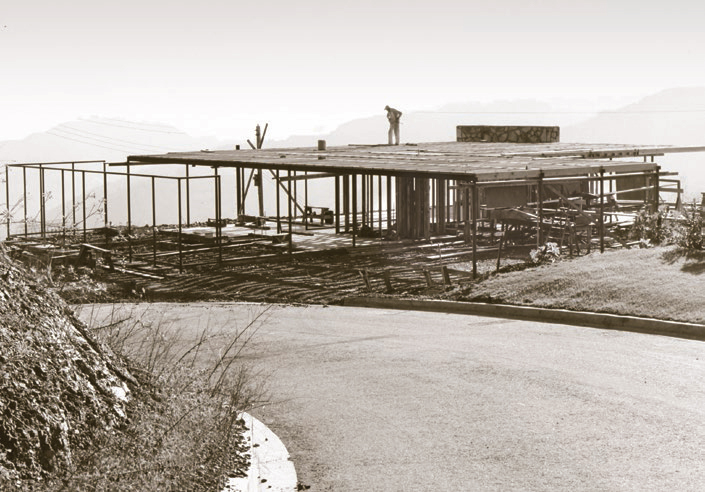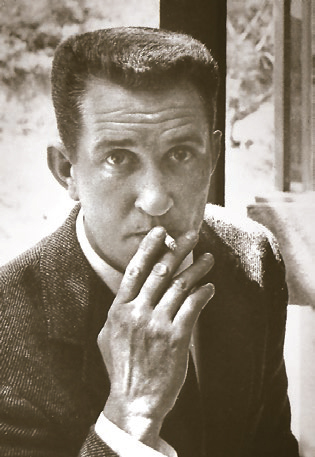8 Great Modern Masters - Page 6
 |
 |
|
|
5. CRAIG ELLWOOD
The pure and rational side of modernism can be enjoyed in the work of Craig Ellwood, who began as a homebuilding contractor and ended up as the leader of a team that turned engineering into beauty.
'Ellwood' (1922-1992), who grew up as Johnnie Burke, made up his new name at age 25. He worked as a builder on two now classic homes that were built as part of Arts & Architecture magazine's Case Study House program. Just a few years later Ellwood was designing houses as part of the program.
He designed his first house in 1949. Although self-taught as an architect, he attended UCLA to master engineering.
His glass-boxed, steel-framed homes, apartments, and institutional and commercial structures are works of geometric abstraction, International Style in inspiration.
More than most of his colleagues, Ellwood produced works that suggest the homes of Ludwig Mies van der Rohe, whose 1929 Barcelona Pavilion helped establish the minimalist glass-walled structure as an ideal. Ellwood hung a photo of Mies in his office.
Ellwood's homes are generally a series of rectangular interior spaces and courtyards. Posts and beams create stark patterns and cast shadows that change throughout the day. Detailing is clean and precise.
Some of his homes have an air of mystery, appearing from the front more like minimalist structures than homey abodes.
"Detailing was Ellwood's strength," Neal Jackson wrote in The Architecture of Craig Ellwood, "and it was from the construction side rather than the design side of the profession that he had emerged."
Ellwood gets much variety out of the formula of the glass box. Some of his houses seem to float above the nearby landscaping, as though they are art objects in the land. Others repose in gardens.
Many of Ellwood's projects were largely designed by associates with formal architectural training, including Jerry Lomax, while Ellwood handled oversight and marketing. Ellwood put together a talented team.
"He let us loose with the design," Lomax said of Ellwood in a 2007 interview, adding, "He was a good designer himself. He did good work."




